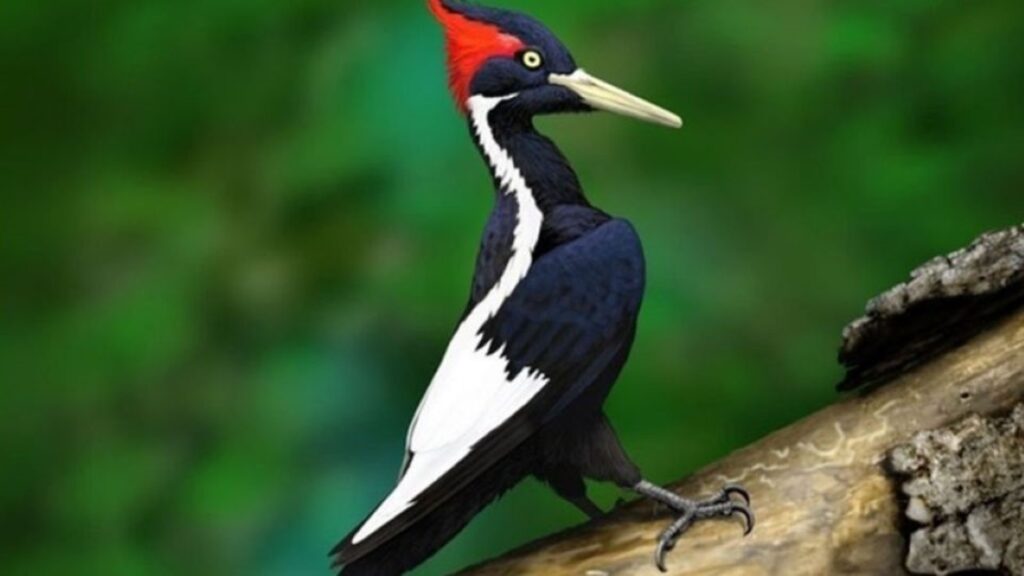On October 26, 2011, the National Commission for the Knowledge and Use of Biodiversity (Conabio) published a bulletin entitled: "Imperial woodpecker, its last flight in the wild".in which he told about the only existing material in which scenes of this majestic bird living in its environment were captured.
It should be noted that in the October 2011 issue, the scientific journal The Auk from The American Ornithologists' Uniondocuments the discovery of a historic film taken in 1956 by the amateur ornithologist William L. Rhein in the forests of the Cerro Gordoin the south of Durangowhere he captures images of the woodpecker The world's largest ever to have existed and which would have been extinct for more than five decades.
However, Esteban Villegas Villarrealgovernor of Durangoreported to Newsweek that the imperial woodpeckerendemic to the pine and oak forests of the Sierra Madre Occidentalwas sighted in the Piaxtla-Tayoltita Biosphere Reservea future protected natural area which is located between Durango y Sinaloa.
These discoveries, he stressed, highlight the importance of preserving and protecting natural ecosystems, as they reveal the existence of species that contribute to regional biodiversity.
This new protected area that is to be decreed does not contemplate a ban in the area, but rather an adequate management of the area's natural resources.
According to the information provided by the Durango governor, in addition to the alleged sighting of the imperial woodpeckerthe rediscovery of a type of pine tree that was believed to be extinct worldwide and the presence of jaguars in an area where their presence was not known..
In a collaboration for Sierra Gorda Ecological Groupthe conservation photographer, Roberto Pedraza Ruizsaid that, according to researchers, the peak of extinction of the imperial woodpecker was between 1946 and 1965.
The causes of the disappearance of these birds, which were up to 50 centimeters in length, were the accelerated timber extraction that left the woodpecker without its nesting and feeding sites, decimating populations rapidly, in addition to the hunting for the purpose of amusement of which it was victimized by humans.
In 1996, the Mexican Section of the International Council for Bird Preservation published the Final report of Project G028 "The status of the imperial woodpecker (Campephilus imperialis) and mature coniferous forests in the Sierra Madre Occidental, Mexico".in which he confirmed that this bird was extinct.
So far, the Conabio has not commented on the alleged sighting in Durango.
Source: Newsweek en Español


